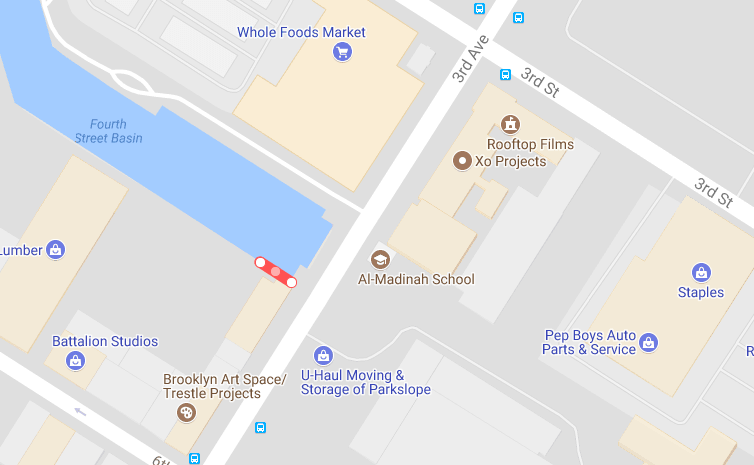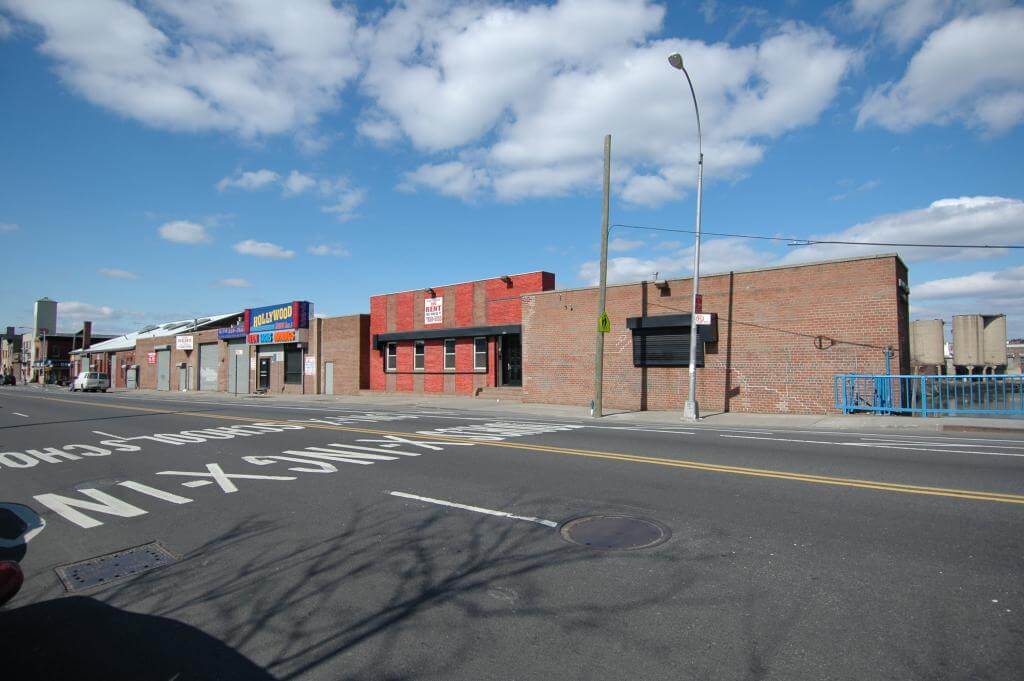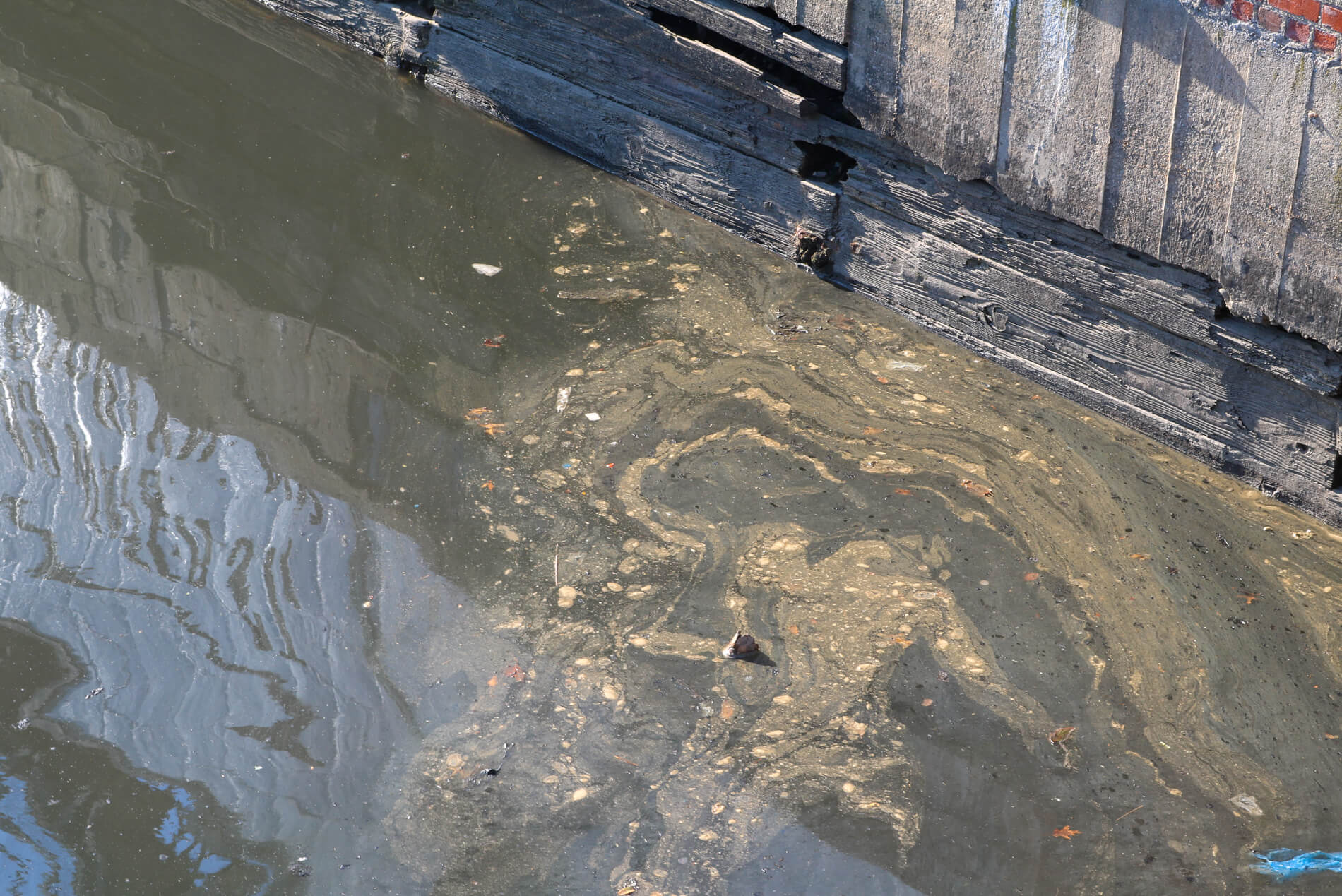Why Did the EPA's Gowanus Canal Pilot Dredging Program Damage a Building?
The first steps of the Gowanus cleanup have not gone according to plan.

Photo by Susan De Vries
The first steps of the Gowanus cleanup have not gone according to plan.
At a meeting for the Gowanus Canal Community Advisory Group last Tuesday, Christos Tsiamis, the EPA’s project manager for the cleanup, announced that the contractor had run into some issues installing bulkheads at the 4th Street Basin, which are necessary before the dredging can begin.
Brooklyn Paper first reported on the announcement.
The first problem occurred when installing sheet piles — layers of steel sheets that are driven into the ground to form the bulkhead — at the south bank of the eastern end of the Basin, across from Whole Foods.

“A part of the building at that location, which is close to the bank, exhibited some widening of pre-existing cracks indicating that the building was being affected by the installation of the bulkheads adjacent to it,” Tsiamis told Brownstoner in an email.
The building he is referring to is 386-398 3rd Avenue, which is owned by Richard Ribellino, who owns multiple properties both in Gowanus and Bay Ridge. His company, Maserati Realty, did not respond to a request for comment.

But the problems did not stop there. “While measures were being taken to stabilize the building, so that work could be continued at a later time, the contractor started installing sheet piles at the Whole Foods side bank,” Tsiamis said. There, they found that cracks “were developing in the soil of the bank and also some separation occurred between the pavers in the Whole Foods pavement closest to the basin bank.”
The contractor was hired by a trust made up of the responsible parties, including National Grid, who operated former manufactured gas plants along the Gowanus Canal. Per their agreement, the contractor was allowed to decide on the means and methods of how they went about the installation of the bulkheads.
Several property owners, under the guidance of the EPA, have successfully installed bulkheads with “site-specific problems” that were eventually resolved, Tsiamis said.

After the EPA’s assessment of the situation, they have directed the responsible parties and the contractors they hired to use “less powerful tools and reduce the number of sheet piles that are driven into the sediment at any single time,” Tsiamis said. “By doing this the vibrations transferred across the land would be minimized but the pace of installation would be slower.”
While this means that a potential timeline for the entire project will be pushed back — an official new timeline has not been announced — Tsiamis feels that it was better they learned of problems during the earliest stages of the project. “Certainly, these are lessons that are being learned,” he said. “And from that point of view, the pilot program is valuable.”
Related Stories
- LPC Nixes Plan to Landmark Historic Gowanus Station, Threatened With Demo by Cleanup
- Gowanus Residents Question the Most Polarizing Issue of the Canal Cleanup
- At Gowanus Canal Superfund Town Hall, Residents Were Eager to Hear of Progress
Email tips@brownstoner.com with further comments, questions or tips. Follow Brownstoner on Twitter and Instagram, and like us on Facebook.





What's Your Take? Leave a Comment